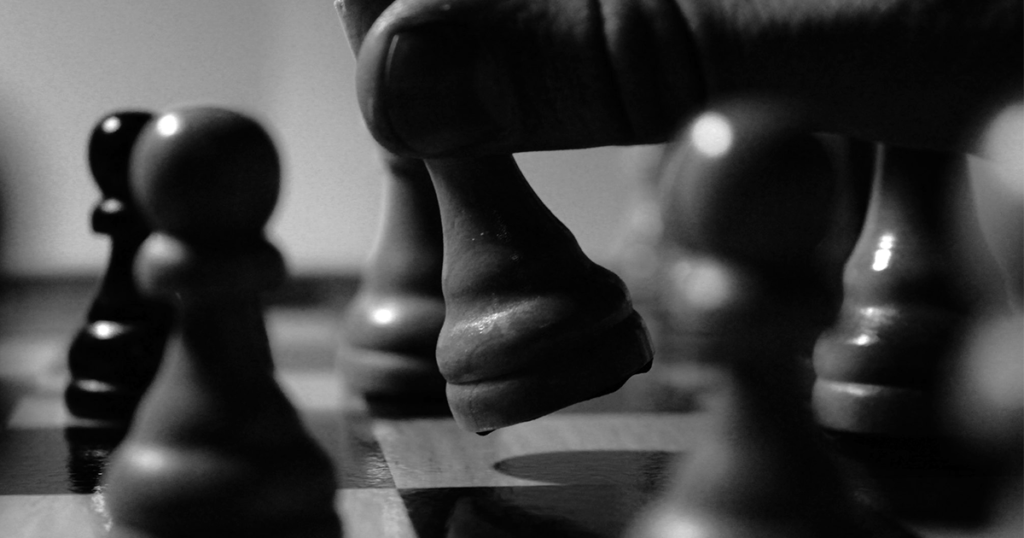
This year, in lieu of driving, I’ll be taking the train to work. This is my New Year’s resolution, and, in the way of New Year’s resolutions, it is above reproach. Good on you, I tell myself, stocking my closet with long underwear and committing the train schedule to memory. But just a few days into 2014, I have already accepted rides home nearly every evening. “It seems,” said a coworker, not unkindly, “that your New Year’s resolution is to be driven around by other people.”
And so I am reminded, once again: in a complex system, who’s to say how things will play out? Jennifer Berman captures the sentiment well in a recent essay in The New York Times. After a lifetime of filling her cart with “nonprocessed, gluten-free, non-G.M.O., heirloom, grass-fed, free-range and artisanal goods,” Berman was rewarded with a diagnosis of hypothyroidism, and told to avoid nearly every good-for-you food on her shopping list. To make matters worse, the fluoride she was newly prescribed by her dentist—all that carrot juice and lemon water wasn’t great on the teeth—has been linked to hypothyroidism. “Which should I choose?” she asks. “My thyroid or my teeth?”
A German term for this—zugzwang—is used in chess to describe a situation where every move is a bad one: Damned if you do, but damned if you do that other thing instead. These situations can be frustrating in part because there are genuine tradeoffs to be considered. Reasonable people can look at the same evidence and come to different conclusions. Even the same person could look at the evidence twice and come to different conclusions. When these tradeoffs are difficult to quantify, or impossible to compare—is my not driving rougher on my coworkers than my driving would be on the environment?—reasonable people just shudder and give up.
Which brings us to another reason why these decisions are so disconcerting: We’re not used to making them. We’re lazy thinkers. Not all the time, but most of the time. In his book Thinking Fast and Slow, the psychologist Daniel Kahneman describes mental shortcut after mental shortcut that we rely on to make sense of things—which is to say, to avoid truly making sense of things.
Take the availability heuristic, in which our ability to judge the probability of something happening is related to how easily we can recall specific instances of it in the past. Like all heuristics, it serves us well much of the time. But it can also explain why we might worry more about some rare disease that has afflicted a friend than some common disease that hasn’t. Or take the affect heuristic, in which we use how positively or negatively we feel about something as a quick gauge of how safe or risky it actually is. “The affect heuristic simplifies our lives by creating a world that is much tidier than reality,” writes Kahneman. “Good technologies have few costs in the imaginary world we inhabit, bad technologies have no benefits, and all decisions are easy.” Sounds good to me.
Perhaps few people are confronted so bluntly with cost-benefit tradeoffs as parents, who experience all of the usual quandaries, but with much higher stakes. Kahneman describes a study in which parents were asked how much they’d be willing to pay for safer products. An insecticide is known to cause 15 child poisonings per 10,000 bottles. How much would they pay for an insecticide that reduced this risk to 5 injuries per 10,000 bottles? Parents on average agreed to pay an extra $2.38 a bottle for the substantially safer product. But when asked how discounted a slightly more dangerous product would have to be—one causing 16 injuries per 10,000 bottles instead of 15—before they would purchase it, two-thirds refused to buy the product at all. This is, of course, ridiculous. Paying top dollar to avoid accepting even minuscule risks is a great way to run out of money each month before you’ve paid your heating bill. “In fact,” says Kahneman, “the resistance may be motivated by a selfish fear of regret more than by a wish to optimize the child’s safety.”
But what has motivated my mother, after years of gung-ho advocacy, to become newly skeptical of sunscreens? “Avoid those containing oxybenzone and/or retinyl palmitate,” she instructed me in an email. Instead, I’ve been directed to use zinc oxide, the pasty white stuff that leaves your face looking like a mime. Right. That’s what I’ll put on my face before I walk to and from the train station. The only thing to do, it seems, is drive.


